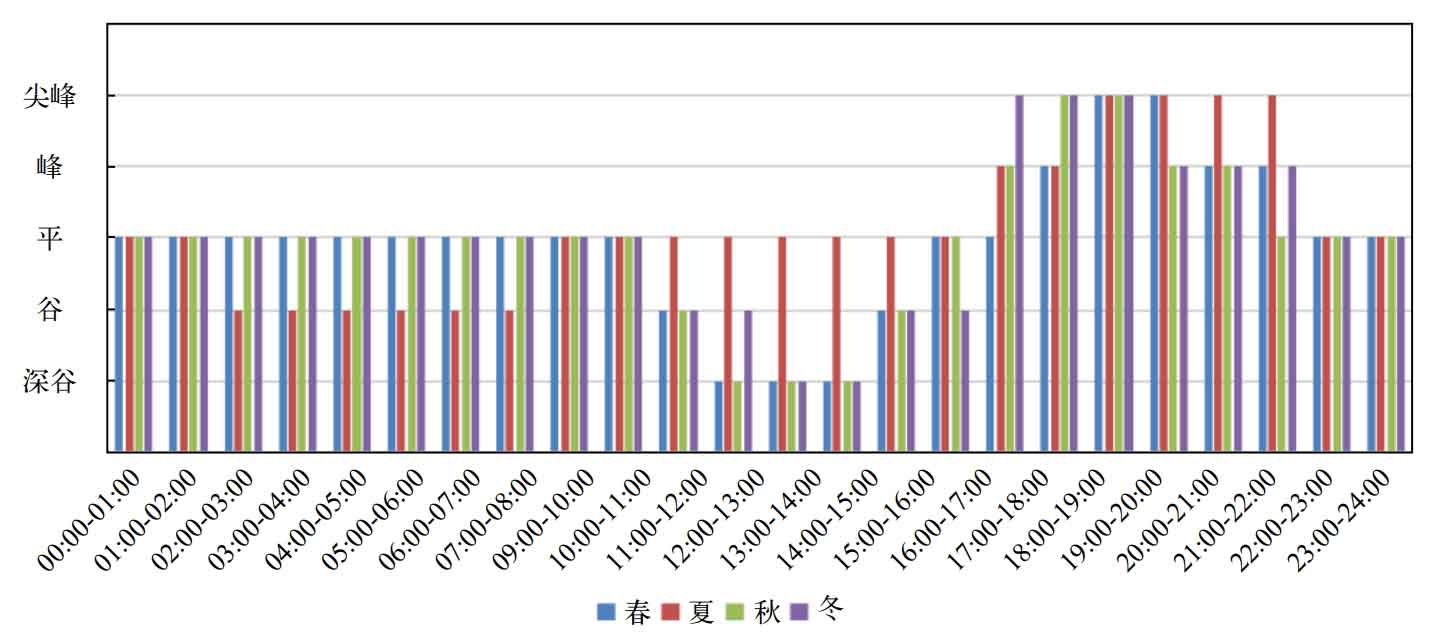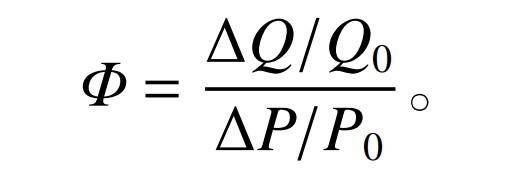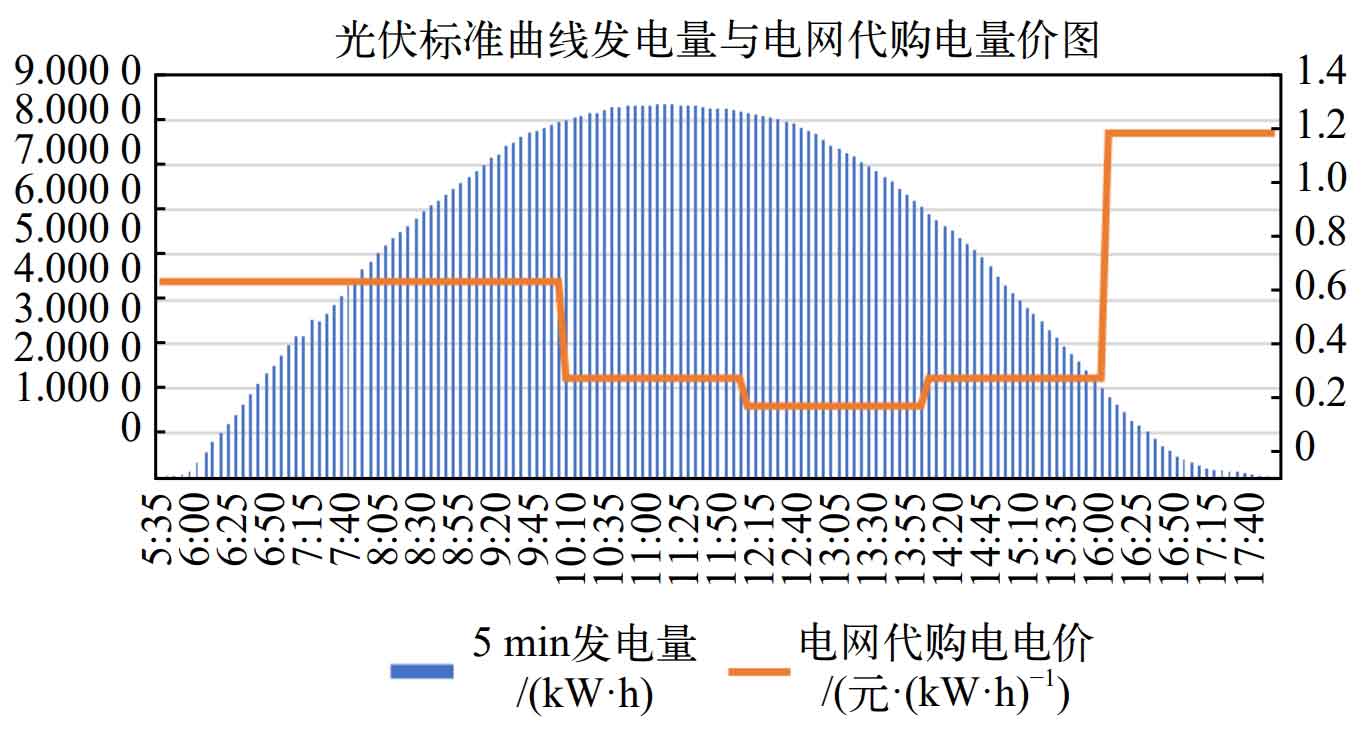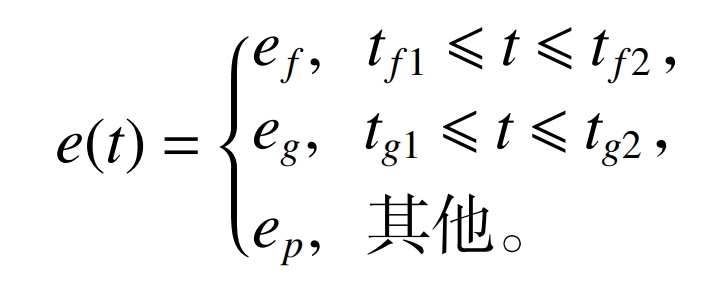1.Analysis of Time of Use Electricity Price in Shandong Province, China
1.1 Background and purpose of the introduction of the time of use electricity price policy in Shandong Province, China
With the large-scale grid connection of new energy, especially distributed photovoltaics, in Shandong Province, China, the power load curve shows a clear deep valley in the afternoon. The original peak valley time division cannot match the current changes in power supply and demand, especially after the operation of the spot market, there are frequent negative electricity prices in the afternoon, and there are significant differences in electricity price trends among different seasons. In order to better align with the actual situation of power generation and land use, guide users to cut peak and fill valley, and reduce waste of clean energy, relevant departments in Shandong Province, China have introduced a series of new regulations to improve the industrial and commercial time-of-use electricity price policy, taking into account the trend of spot electricity prices. A series of electricity price policies have been issued, including the “Notice on Relevant Issues of Industrial and Commercial Time of Use Electricity Price Policy” (hereinafter referred to as the “Notice”), the “Guidelines for Shandong Provincial Power Grid Enterprise Agent Power Purchase Work”, and the “Announcement on the Implementation Period of 2023 Capacity Compensation Time of Use Peak Valley Coefficient”.
The introduction of policies redefines peak and valley periods, and adjusts the peak and valley electricity price coefficient and capacity compensation coefficient to make the new peak and valley periods more in line with the load curve of the new power system, thereby guiding power users to cut peak and fill valley, and promoting the consumption of new energy.
1.2 Summary of Time of Use Electricity Price Policies in Shandong Province, China
The Notice specifies that the capacity compensation electricity price and the power grid agency electricity purchase price shall follow the time of use electricity price policy: dividing peak and valley according to seasons. The electricity price period is divided into four categories, namely deep valley period (newly added), valley period, peak period, and peak period. Continue to increase the peak valley coefficient of the time division, with a peak coefficient of 2.0, a peak coefficient of 1.7, a valley coefficient of 0.3, and a deep valley coefficient of 0.1. Adjust the daily two peaks and two valleys to one peak and one valley. Added regulations on implementing peak valley time of use for capacity compensation electricity prices. The peak valley coefficient and execution period for the year 2023 are shown in Figure 1.

According to the 2022 electricity price of power grid proxy purchasing users, the average electricity price for peak and peak periods throughout the year is 0.708 28 yuan/kW · h, and the average electricity price for valley and deep valley periods throughout the year is 0.083 86 yuan/kW · h. Previously, the Shandong Provincial Development and Reform Commission of China issued a notice on issues related to capacity compensation electricity prices in the electricity spot market (Lufa Gai Price [2022] No. 247), which stipulated that the capacity compensation electricity price standard was 0.099 1 yuan/kW · h (including tax). Based on this, the Notice implements the peak valley coefficient and calculates the 2023 capacity compensation electricity price in Shandong, China, as shown in Table 1.
| Deep valley period K1=0.1 | Deep valley period K1=0.1 | Peak period K2=1.7 | Peak period K2=2.0 | |
| Compensation capacity | 0.029 73 | 0.009 91 | 0.168 47 | 0.198 20 |
2. The impact of the time of use electricity price policy in Shandong Province, China
The law of demand is the law of demand, which refers to the reverse change in demand caused by changes in commodity prices at a specific time and other conditions remaining unchanged. The higher the commodity price, the less demand; The lower the commodity price, the greater the demand. The price elasticity corresponding to the point on the demand curve with a price of P0 is defined as:

In the equation: Δ Q and Δ P represents the increment of electricity quantity and electricity price, respectively; Q0 and P0 are the electricity consumption and electricity price at the cut-off time before the price change, respectively.
The price elasticity of electricity demand refers to the relative change in electricity demand caused by the relative change in electricity price, which is the ratio of the percentage change in electricity demand over a period of time to the corresponding percentage change in price. The electricity consumption of power users during a certain period is not only related to the electricity price of that period, but also affected by the electricity prices of adjacent periods. The electricity consumption during low electricity price periods increases, and during high electricity price periods decreases.
2.1 Impact on distributed photovoltaic power generation systems
According to the new policy’s division of peak and valley periods, the photovoltaic peak period is basically a valley period. Use typical photovoltaic curves to calculate and analyze the relationship between photovoltaic standard curve generation and grid purchasing electricity prices, as well as the relationship between photovoltaic standard curve generation and retail electricity prices, as shown in Figure 2.

When distributed photovoltaic users purchase electricity on behalf of the power grid, due to the high winter electricity price, the average price of the photovoltaic curve calculated based on the winter electricity price is 0.447 yuan/kW · h; When the user of distributed photovoltaic is an agent user of a power selling company, the average price of the photovoltaic curve is 0.514 9 yuan/kW · h according to the winter retail time of use electricity price package commonly used by marketing companies. That is, when the electricity price of distributed photovoltaic self use is higher than the above electricity price, it is more cost-effective for users to use the power grid to purchase electricity or the power sales company to act as an agent.
2.2 Impact on independent energy storage systems
Following the “Notice on Further Promoting the Participation of New Energy Storage in the Electricity Market and Dispatching Operations”, which clarifies that the corresponding charging amount of independent energy storage will no longer be subject to government funds and additional, transmission and distribution catalog electricity fees, the “Notice” improves the implementation of capacity compensation peak valley electricity prices and proposes a capacity compensation electricity price mechanism based on peak load contribution rate, with a valley coefficient of 0.3 and a deep valley coefficient of 0.1. Due to the independent energy storage charging period. Usually located in the valley or deep valley of the current quarter’s peak valley electricity price, the capacity compensation cost for offline electricity will be significantly reduced, which is beneficial for energy storage development.
The time of use electricity price implemented in Shandong Province, China is a peak valley time of use electricity price, which aims to encourage users to adjust their electricity usage time independently through the electricity price difference, and achieve peak shaving and valley filling in the power grid. The peak valley time of use electricity price model is:

In the formula: refers to the electricity price during peak load periods; Electricity prices during low load periods; Electricity price during load balancing period; The period corresponding to peak electricity prices; The period corresponding to the low valley electricity price.
The use of peak valley time of use electricity prices can guide the charging and discharging of energy storage devices invested by large and medium-sized power users. Users have different responses to the implemented electricity price policies, and users who respond to the electricity price can adjust their charging time in real-time based on the established electricity price, thereby obtaining greater benefits. Taking an independent energy storage project (100 MW/200 MW · h) as an example.
The current capacity compensation electricity price for offline electricity is 0.099 1 yuan/kW · h, with an estimated annual cost of approximately 6.3 million yuan. According to the new time of use electricity price policy, the capacity compensation electricity price for offline electricity has decreased to 0.0339 yuan/kW · h, and it is expected to save about 4.16 million yuan in offline electricity expenses throughout the year.
2.3 Impact on user side energy storage system
User side energy storage is a flexible and adjustable load resource that can participate in the electricity market to ensure the safety and stability of the power grid. The economic benefits of user side distributed energy storage systems depend on specific electricity market pricing policies and the specific functions that users need to achieve when using energy storage systems. Different electricity pricing policies have different functions and generate different values.
| Battery type | Project unit cost/(yuan · (kW · h) ^ -1) | System efficiency/% | Number of charging and discharging cycles/lifespan | Number of charging and discharging cycles/lifespan |
| Lithium iron phosphate | 1.85 | 85 | 6 600 times/10 years | -10.13 |
| Lithium iron phosphate | 1.40 | 85 | 6 600 times/10 years | 4.00 |
| Lead carbon battery | 1.00 | 85 | 1 650 times/10 years | -16.02 |
At present, the user side energy storage in Shandong Province, China mainly relies on peak valley price difference arbitrage as the source of income. According to the time of use electricity price policy in Shandong Province, China in 2023, the peak valley price difference has further increased from 0.72 yuan/kW · h in 2022 to 0.893 yuan/kW · h. However, the peak valley period has been reduced from the original double peak and double valley period to one peak and one valley period, and the user side energy storage can only achieve daily charging/discharging once. Compared to the daily two charging and discharging that can be achieved in 2022, the charging/discharging volume of the user side energy storage system has been directly reduced by 50%, greatly affecting the energy storage revenue. Taking the 1 MW/2 MW · h user side energy storage system as the analysis object, assuming a capital of 20% and an interest rate of 5%, lithium iron phosphate battery, opzv solid state battery, and lead carbon battery are used for calculation (the main parameters are shown in Table 2). The design and operation period of lithium iron phosphate battery and solid state battery is 10 years, and the design and operation period of lead carbon battery is 5 years. According to the 2023 time of use electricity price policy, The internal rate of return (pre tax) on capital of the user side energy storage system for three different types of batteries is 4.00%, and the economic performance is not ideal.
3. Suggestions
3.1 Adjusting Distributed Photovoltaic Selling Prices
The value of distributed photovoltaic curves has decreased and risks have increased after the adjustment of the time of use electricity price in Shandong Province, China. For newly developed distributed photovoltaic projects, it is recommended to shift the electricity price for self use from a discounted electricity price model to a fixed price model, in order to avoid default risks caused by policy adjustments and changes in market conditions in the future.
3.2 Continuously conducting long-term energy storage research
The time of use electricity price policy in Shandong Province, China will extend the valley period, and large capacity long-term energy storage is expected to reduce charging costs to a greater extent by grasping the low valley electricity price and storing electricity, thereby accelerating capital recovery. With the development of photovoltaics, it is an irreversible trend to extend the midday valley period. It is recommended to actively reserve long-term energy storage sites and technologies, and strive for the first-mover advantage of long-term energy storage.
3.3 Suggest the introduction of a time of use electricity price policy on the grid side
In the future, it can be foreseen that due to the gradual increase in electricity consumption in society, the contradiction between new energy and traditional energy supply will continue to exist. Exploring the introduction of comprehensive measures to ensure consumption, establishing a compensation mechanism for thermal power generation, gradually establishing a competitive market for electricity, and utilizing policy tools to balance the interests of new and traditional energy power generation enterprises will test the wisdom of decision-makers.
